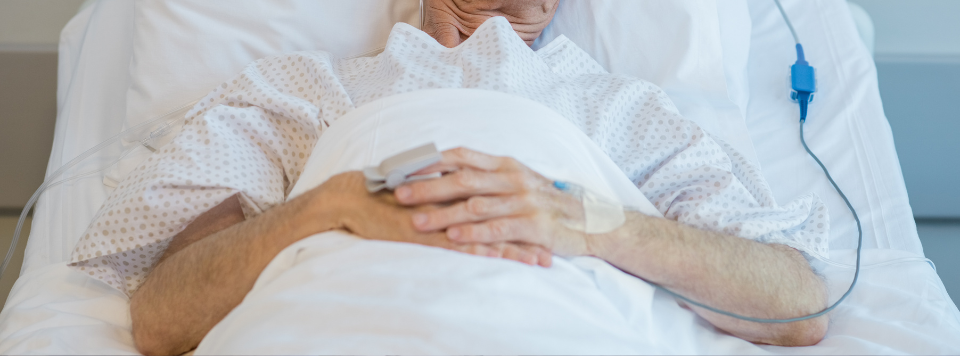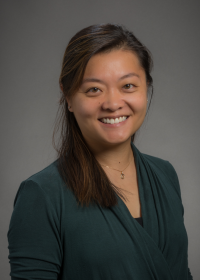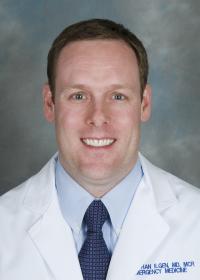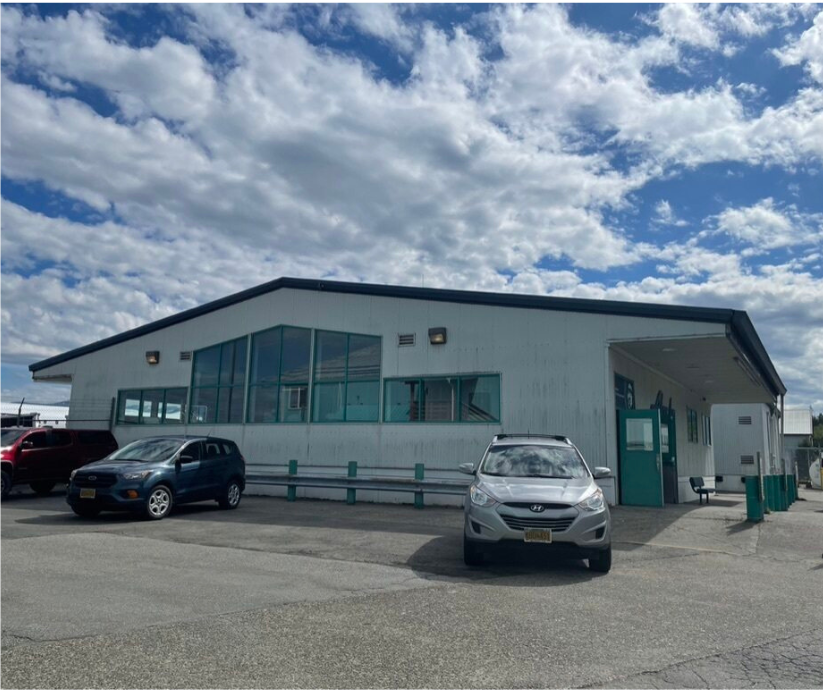
New DEM Partnership and Fellow Bring Ultrasound Technology to Remote Areas
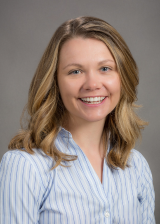
When a person is in need of health care in Western Washington, patients have multiple options to choose from. But for our northern neighbors in rural Alaska, patients may only have access to one provider with limited medical resources.
It’s why the Department of Emergency Medicine’s Dr. Sarah Gartner spent six days traveling throughout Alaska thanks to a new partnership between the section of Ultrasound and the SouthEast Alaska Regional Health Consortium (SEARHC).
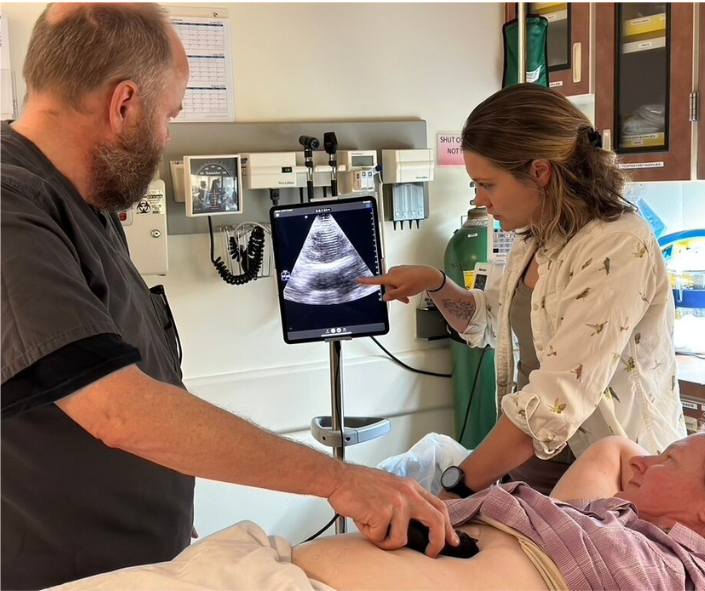
Gartner is also the inaugural fellow in the Advanced Emergency Medicine Ultrasonography Fellowship. Her niche in emergency medicine is using point-of-care ultrasound (POCUS) in austere environments, making her the ideal physician for the partnership.
“Many of these providers live in very remote areas of Alaska, and have no access to a CT scanner,” said Gartner. “They are the only provider on the island or within a large radius. So, the goal is to teach more providers how to use point-of-care ultrasound for their practice.”
Gartner uses Butterfly iQ, a hand-held ultrasound device that allows you to convert a smartphone or tablet into an imaging instrument. Dr. Gartner spent her six days traveling to Wrangell, Klawock, Juneau, Kake, and Sitka, giving hands-on training to providers on how to use this tool.
“Ultrasound has changed a lot over the last 30 years. Now, it’s this new version where the technology is called ultrasound-on-a-chip,” explained Gartner. “It’s the idea where you only have one probe that allows you to do the same things that four or five different probes used to do. It allows these providers to take images, save them, allow them to be uploaded into a cloud-based system, and then be seen within the chart.”
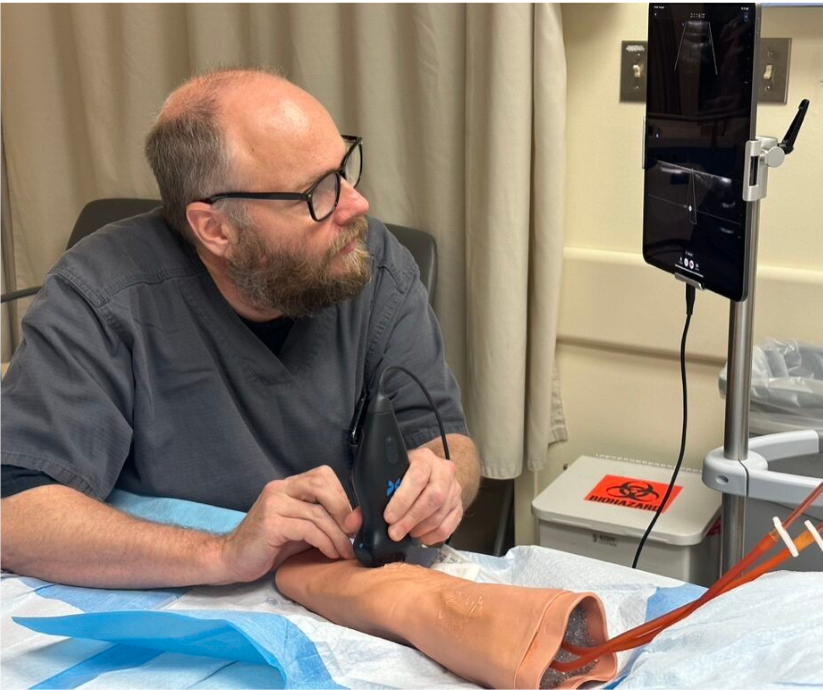
She is mainly teaching the use of Butterfly iQ for cardiac ultrasound, deep venous thrombosis (DVT), FAST exams, and soft tissue ultrasound. Gartner said once the imaging is done and uploaded to the cloud-based system, other experts can look at the images in real-time or later, making it beneficial for training and quality assessment.
Gartner plans to visit Alaska again in the spring to conduct more training, but in the meantime, she’s continuing to help teach the emergency medicine residents, medical students, and Airlift Northwest Flight Nurses.
“Having an ultrasound fellow, I feel, really cements the ultrasound department,” said Gartner. “I do a lot of scanning with them and education with them and it gets everybody excited about the fellowship. I think that this fellowship is going to strengthen the partnerships with our anesthesia and ICU colleagues help bring ultrasound to all these departments and standardize the way that we do things, I'm honored and thrilled to be part of a program like this and get it off the ground.”
To learn more about the Advanced Emergency Medicine Ultrasonography Fellowship click here.





